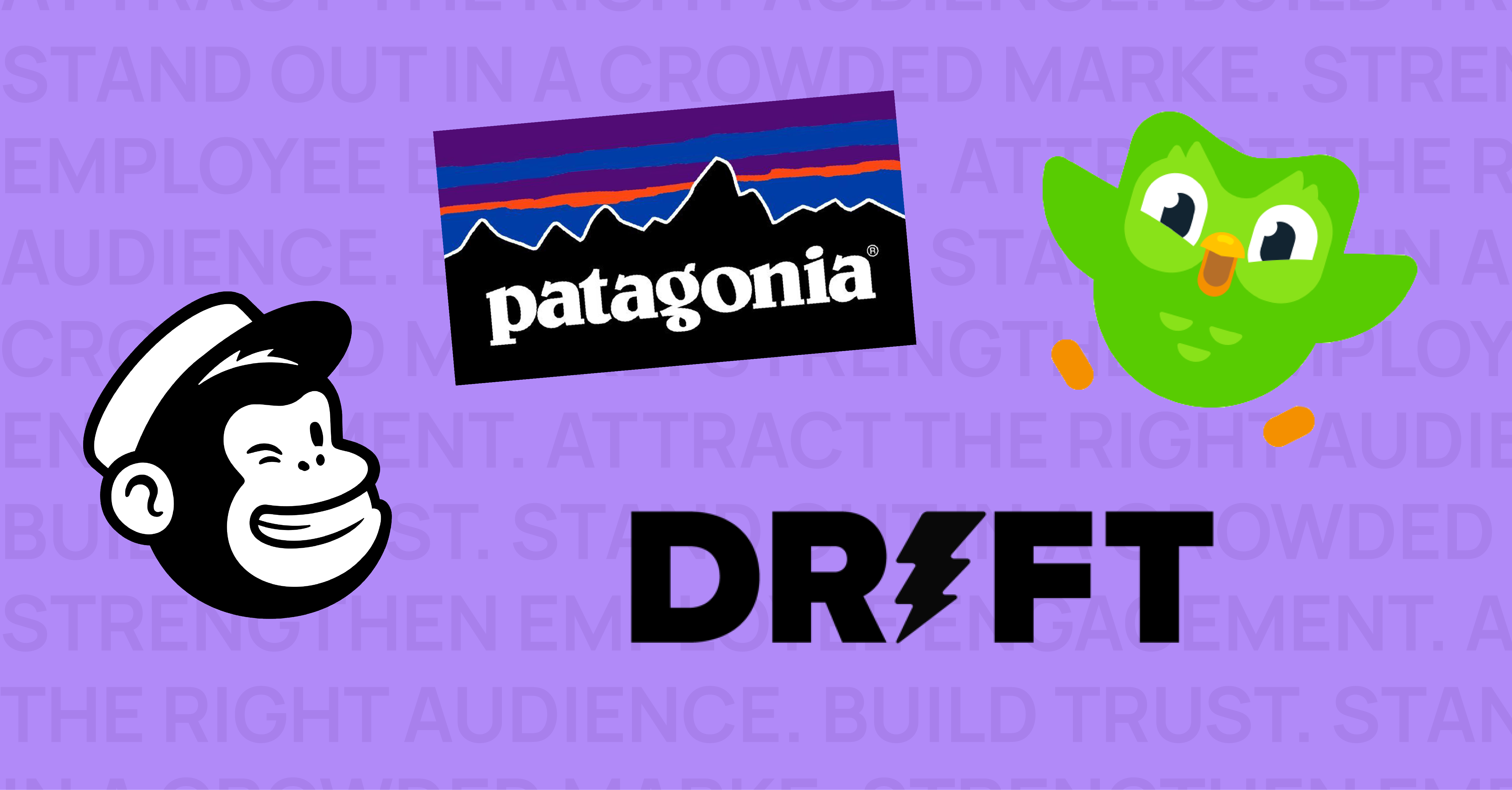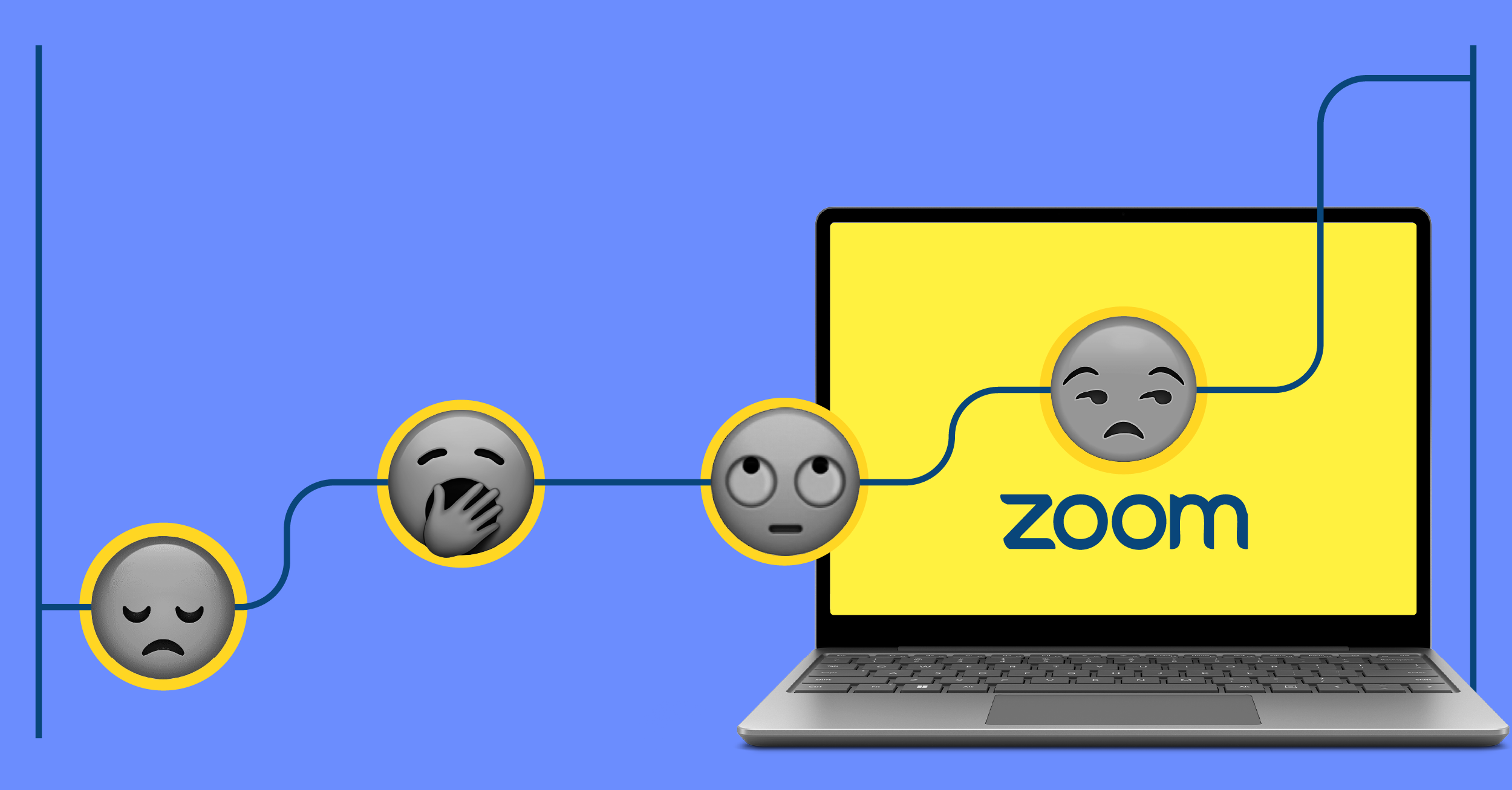Healthcare is an industry prone to change. Patient populations evolve constantly as new generations bring new habits, values, expectations and needs. For healthcare providers, keeping pace is a challenge.
Whether we like it or not, today’s patients are consumers. Healthcare organizations need to recognize this and ask themselves the question: how can we create customer loyalty?
Creating loyal customers—or as we marketers would say, brand evangelists—requires both attracting customers, and offering them a better experience than a competitor. The first step is to understand their purchasing patterns. Pulled from a variety of sources and studies, we’ve gathered six key trends that help you understand the mindset of today’s patients:
- Patients are cost-conscious – 59% of patients surveyed in 2014 chose a less expensive care option when comparing prices
- Patients are readers and researchers – 77% of patients searched online prior to booking an appointment
- Patients are social – 41% of patients reported social media as a factor that can impact their choice of physician or hospital
- Patients are web-savvy – 83% of patients booking appointments visited the website of a hospital when searching for care
- Patients are digitally-minded – 21% of patients booked appointments via computer or mobile device in 2012, a number that certainly has increased five years later
- Patients are open to sponsored content – 81% of patients click on a sponsored link when looking for health information
So, what advice do we have? We’d recommend that healthcare providers:
- Be affordable (or at least look like it).
- Be digital.
- Be social.
- Be web-friendly.
- Be flexible.
- Be educators.
Healthcare providers need to adapt to meet today’s patients.
Previously, healthcare providers’ marketing efforts went something like this: We’re a great institution, we do great stuff, we’ve been doing it for a long time, and you should be our patient.
The new model looks something like this: Your needs are important, we understand your unique circumstances, we cater our care around you and your family, and we hope to earn the opportunity to care for you today, and tomorrow.
Marketing for healthcare organizations isn’t about shouting from the rooftops. It’s about showing empathy, compassion, and humility. And doing it digitally.
So, the only question left is, how do today’s patients view your brand?
***
And in the for-what-it’s-worth category, in 2014, 4.8 billion people owned a mobile phone and 4.2 billion people owned a toothbrush. By our calculation, that’s approximately 600 million people chatting on cellphones with stinky breath.



